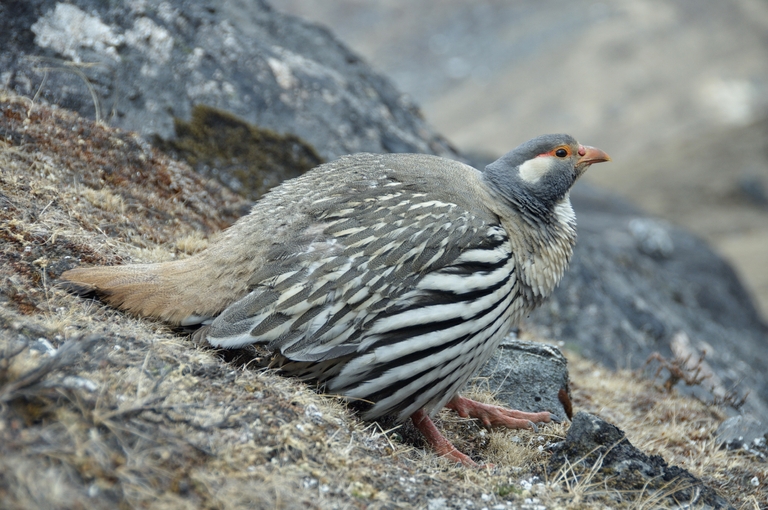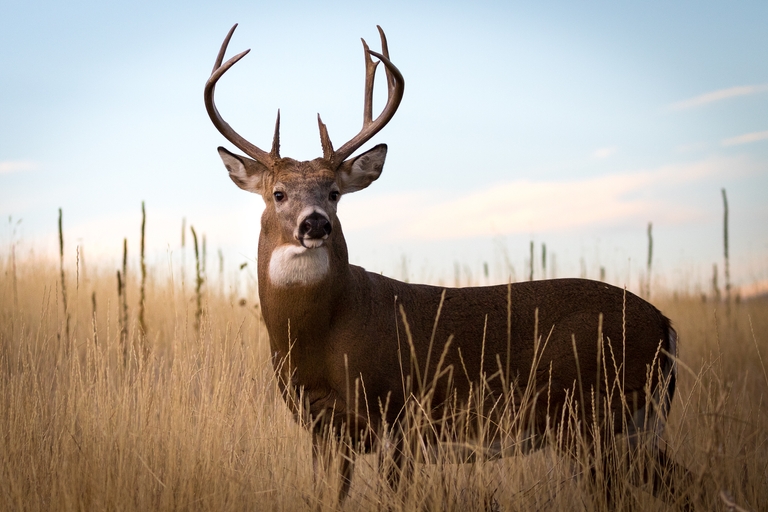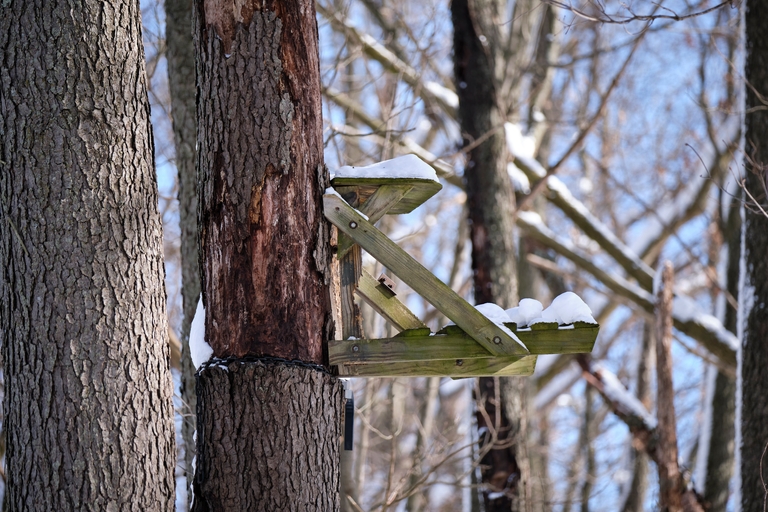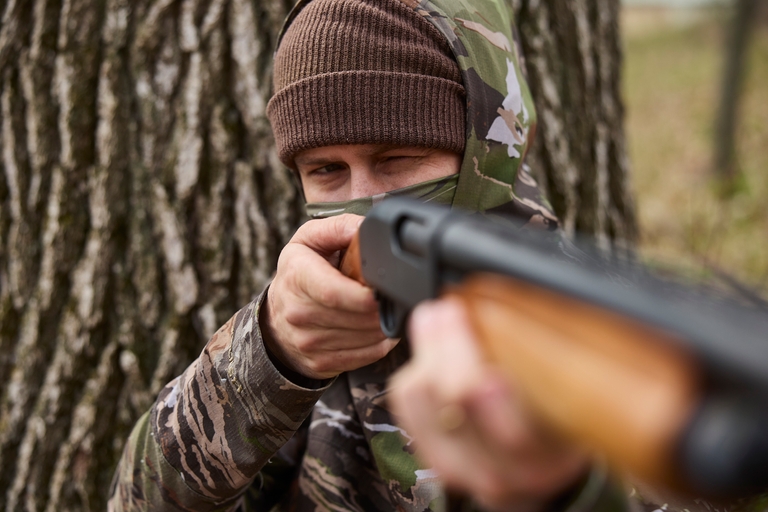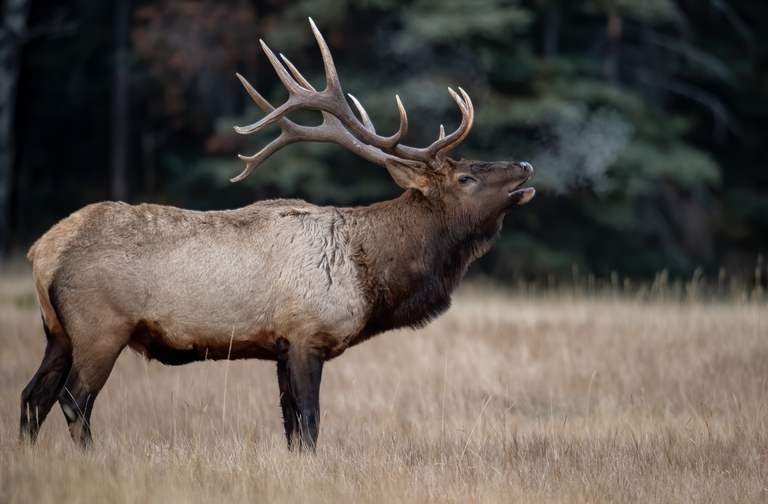What Hunters Should Know About Canadian Super Pigs in the U.S.
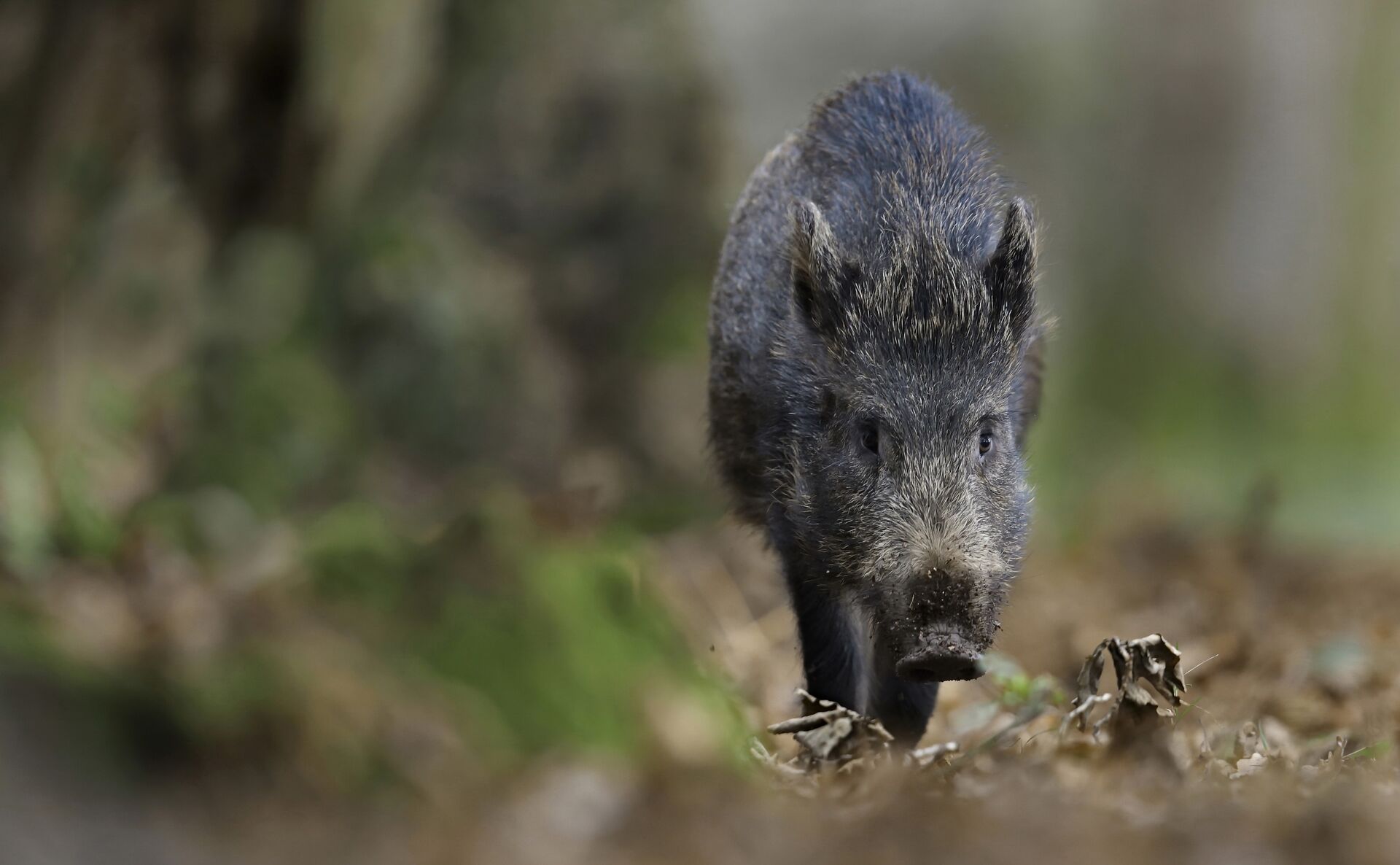
They're big and ugly, and they might be taking over.
The influx of Canadian super pigs, crossbred initially to be more resilient and cold-resistant swine, is making its way across the U.S.-Canadian border and posing an ecological threat to the U.S. flora and fauna.
Their high intelligence, breeding capacity, and disease-spreading have marked them as the new swine threat to the U.S. It's not just the animal kingdom that's in trouble; capable of carrying viruses such as flu, which is transmittable to humans, they also threaten public health.
Luckily, if trapped correctly, they can be an ethical and abundant food source, and some states have successfully eliminated the threat.
Here's everything you need to know about Canadian super pigs in the U.S. and how to stay safe when hunting or trapping them.
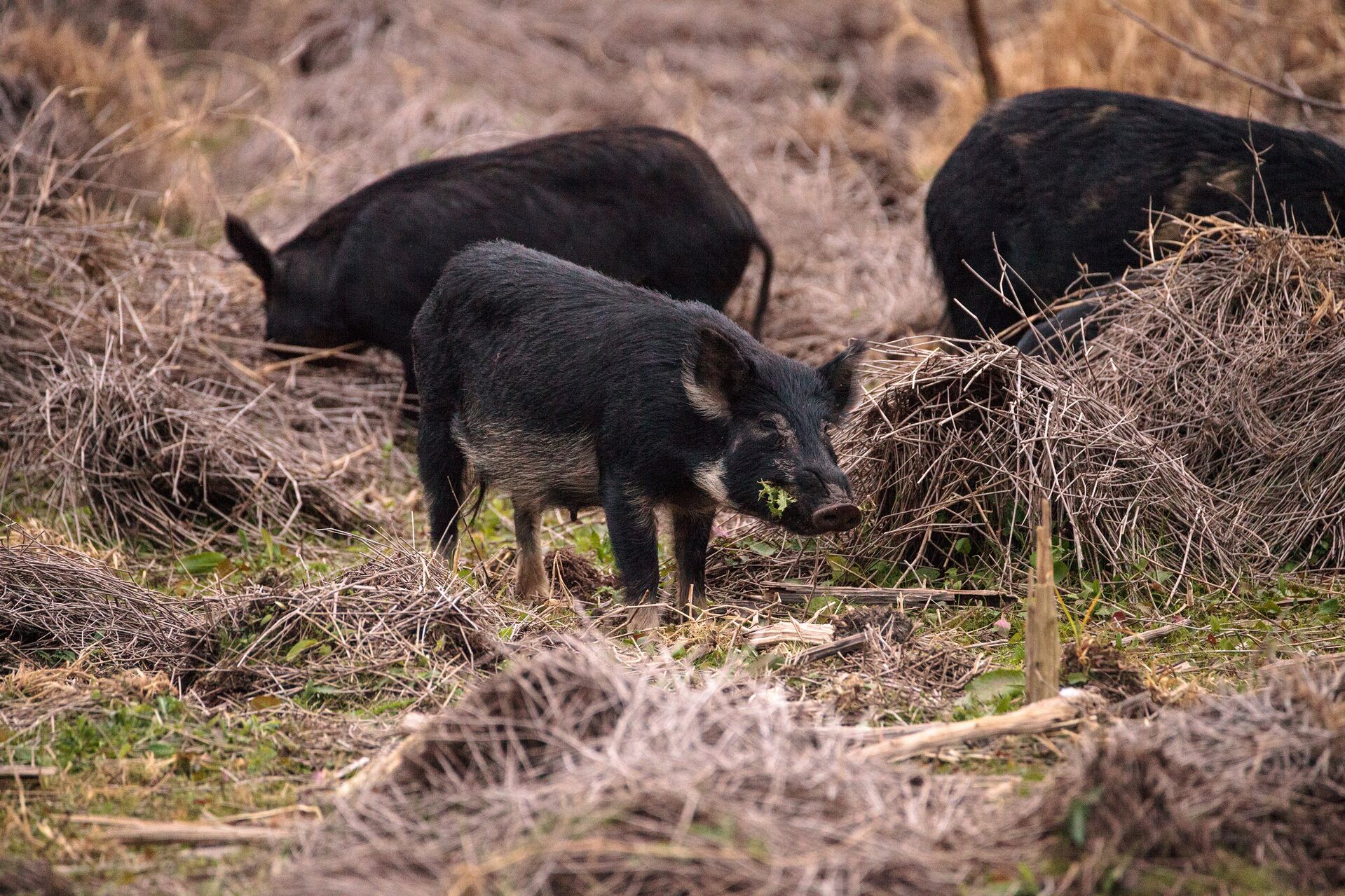
What Are Canadian Super Pigs?
You may not be able to tell the difference between a regular, run-of-the-mill feral hog and a Canadian super pig because they look very similar. However, the super pigs are especially concerning as nuisance animals.
A mix of the Eurasian wild boar and a domesticated pig species, the Canadian super pig has the breeding capacity and fertility of a domesticated animal and the survival instincts of a wild species, making it a formidable and hard-to-eradicate creature.
First bred for meat production in cooler climates, Canadian farmers began breeding them when issues started to arise in the 1980's. Through escape or being let go due to declines in pork demand, the pigs made their way across regions such as Alberta, Saskatchewan, and Manitoba and down into the U.S.
Of growing concern is their capacity to survive in challenging environments, including cold temperatures and demanding environments, especially when food may be sparse or hard to come by.
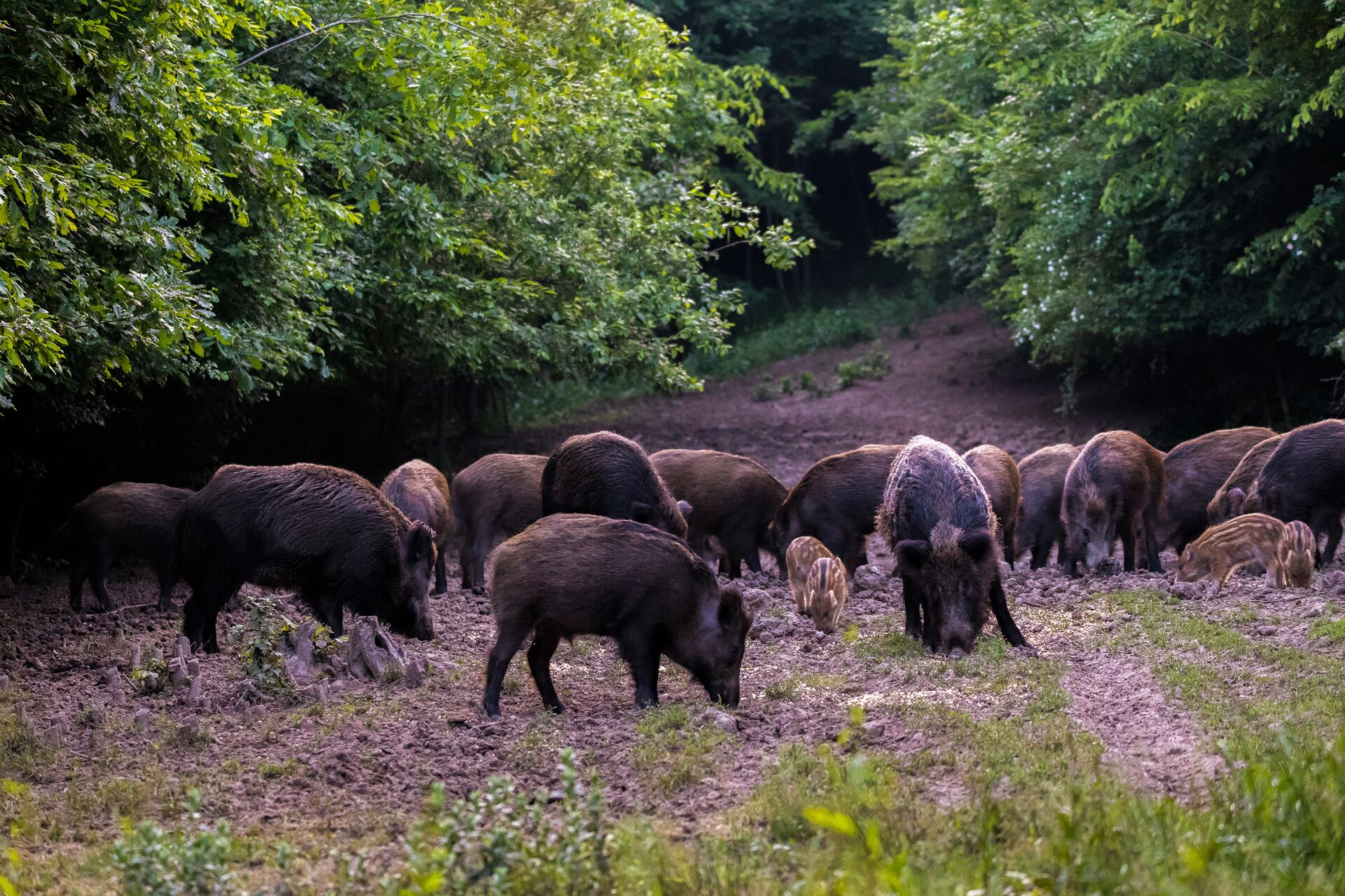
The Threat To Invasive Species and Natural Environment
Bred with adaptability and climate resistance in mind, the Canadian super pigs are elusive, incredibly intelligent, and a threat to the natural ecosystems of the U.S.
Here are some critical insights into how this is happening.
Threat to Biodiversity
Superpigs pose a severe threat to biodiversity as they're a combination of two invasive species. This means they 'push out' native species in the hunt for habitat, food, and water resources.
This competition strains the already precarious survival rates of some endangered and carefully managed animals.
Reproduction Rates
Wild hogs can breed twice a year in the right environment. With a short gestation period of 114 days and 4-6 piglets per litter, it's easy to visualize the species' exponential growth as it spreads throughout the Northern United States.
Foraging Habits
Wild pigs are indiscriminate eaters, foraging on a diet of 90% vegetation based primarily on crops plus the fruits, seeds, leaves, stems, and roots of wild plants.
They also eat small animals' eggs. If it's there, they'll likely eat it first, with no known predators to modulate their behaviors or reduce numbers.
Environmental Impact
Studies indicate that the mere presence of wild pigs in a natural area can change native animal habits and movements. They're also disease carriers, bringing in a wide range of pathogens that can decimate native populations.
Additionally, their rooting can disrupt water tables, contribute to soil erosion, and destroy vegetation.
Spread Across the U.S.
Pigs don't abide by borders or carry a passport.
They're moving across U.S. northern states such as Minnesota, North Dakota, and Montana. Feral swine have been reported in 35 states, prompting the U.S. Department of Agriculture to survey the problem from the sky with drones.
Smaller states with low feral pig numbers have had some success in eradicating the issue. Early detection proves a key indicator of success, and trapping programs help to reduce numbers without dispersing the pigs, prompting the formation of wider groups.

State Responses and Legal Considerations
Minnesota, North Dakota, and Montana are already taking measures to prevent an invasion of the pigs, putting in place proactive legislation to curb the spread of these pigs.
Minnesota and Montana: Two Responses
In Minnesota, officials have leveraged local insights and advice to build a collaborative and watertight management plan. The Department of Natural Resources hopes this open-access approach will allow them to develop policy recommendations that modify responsibilities and designate the proper powers to curb the invasion.
To address the problem, The Montana Department of Livestock and the State Invasive Species Council introduced a public campaign called "Squeal on Pigs." The state-wide approach asks anyone who sees a feral swine to alert the department for swift action.
While many states do not regulate the hunting of 'nuisance' animals, check local regulations to ensure you are acting within the law.
Safety Considerations and Hunting Strategy
Hunting these super pigs can be challenging, as their relative size (boars up to 600 pounds have been trapped) and adaptive capabilities make them not only cagey but potentially dangerous.
There's an ongoing debate about the effectiveness of firearm hunting of Canadian super pigs as the dispersion of their social groups can create larger groups, and a more weary population is unlikely to fall for the same trick twice.
Trapping has proved an effective strategy, especially when an entire sounder can be taken in one approach.
So, it's safe to say (pun intended) that if you plan a hog hunt, you should follow essential hunting safety protocols like those we teach through our Hunter-Ed online courses.

Stay Safe When Hunting Canadian Super Pigs and Feral Hogs
Due to their adaptability, size, and determination to survive, Canadian super pigs are a dangerous species to target. However, even if you're not sure it's a feral hog of the Canadian variety, it's crucial to understand and apply safety essentials during a hog hunt – or a hunt for any wild game.
Taking a hunter safety course through Hunter-Ed will help you prepare for the "invasion" of these nuisance animals and do your part to protect the U.S. ecosystem that is threatened by this invasive species. As a result of your hard, safe work, you'll also enjoy some tasty meat!
No matter what you hunt, most states require hunters to carry a hunter education safety certification before purchasing a license. Plus, what you'll learn through our online course can keep you safe and protect others in the field.
So, before your next hog, whitetail, or turkey hunt, find the course for your state and start learning with our free online study guide!

